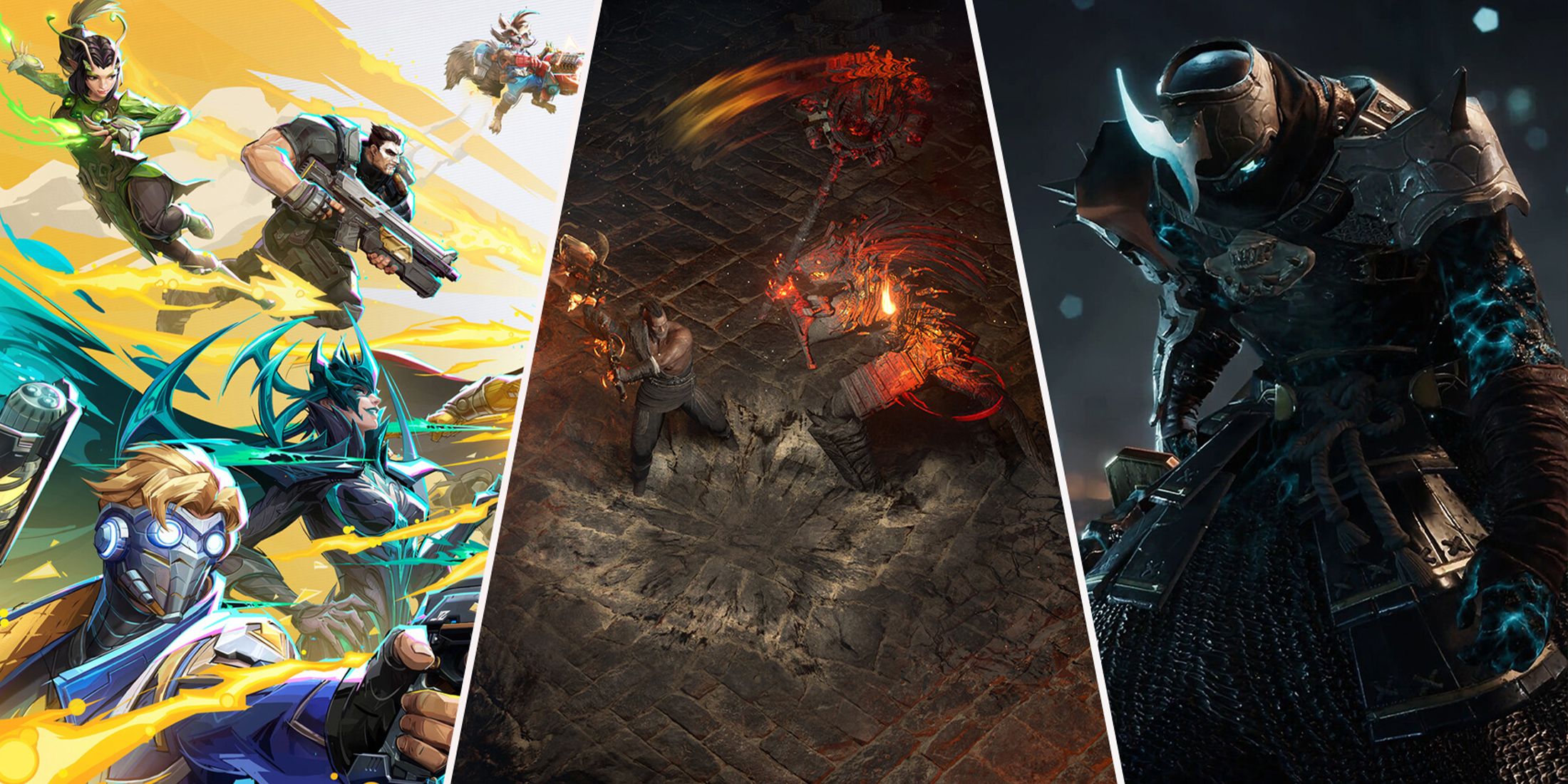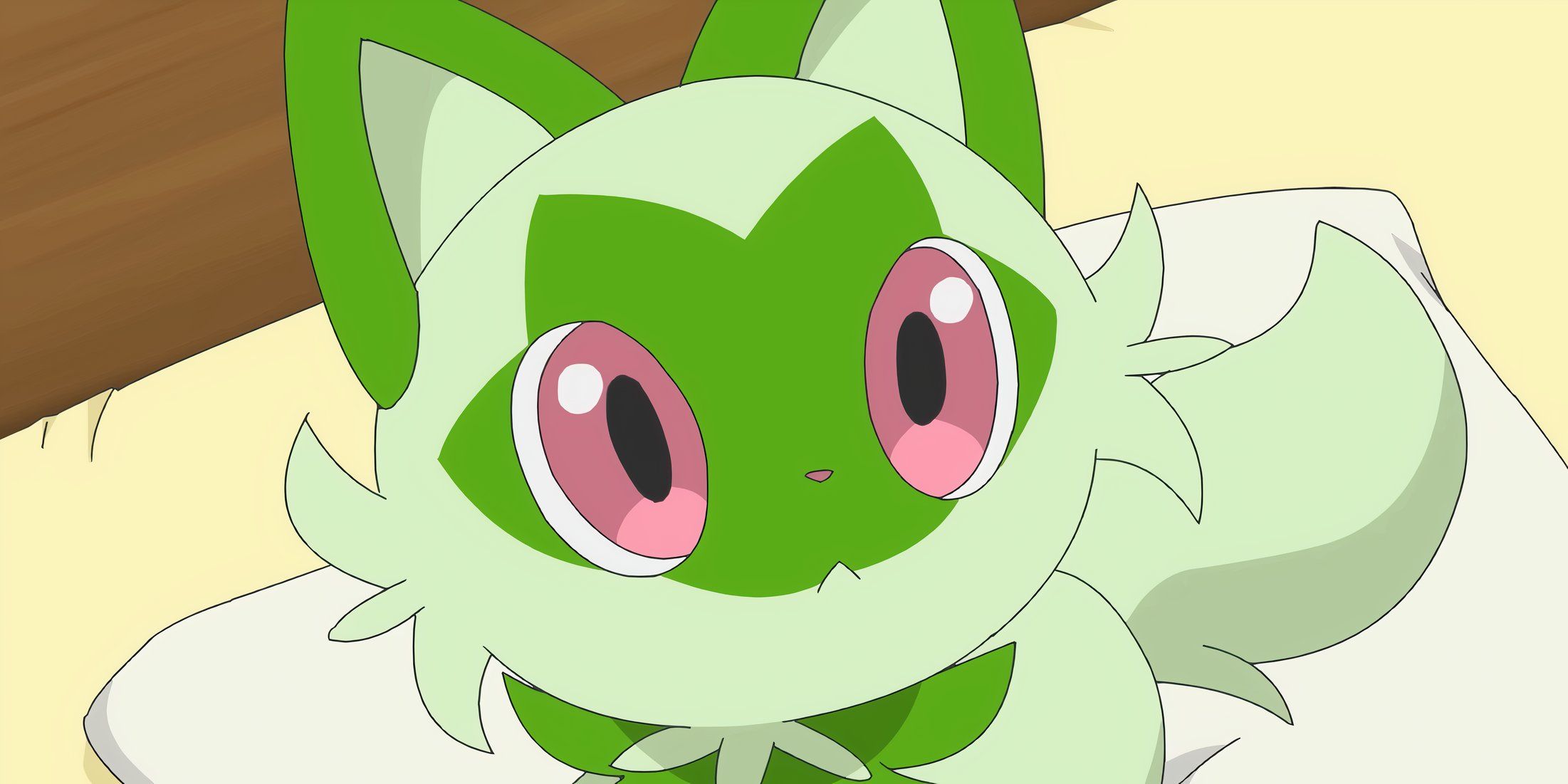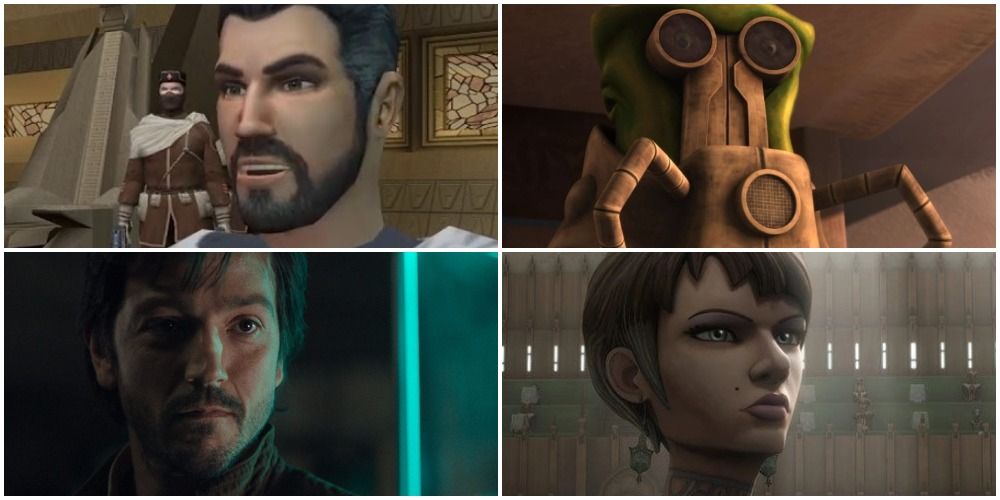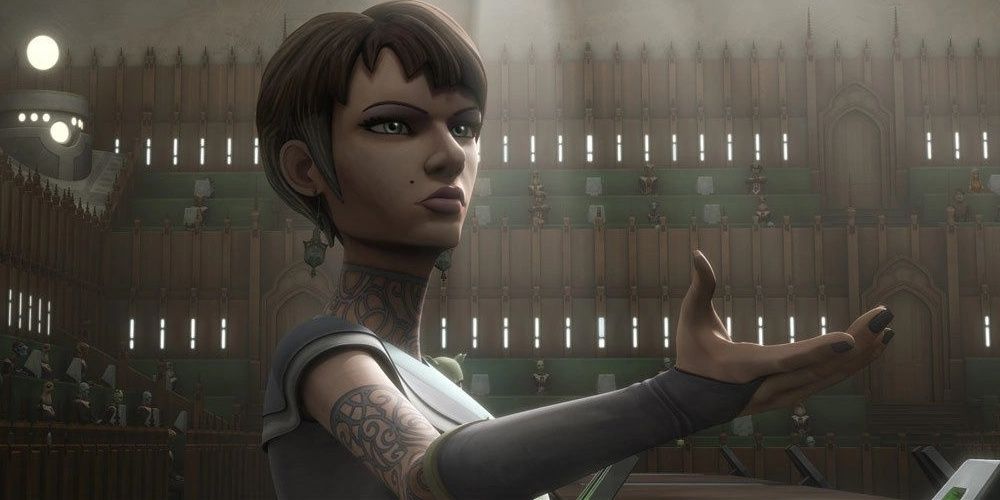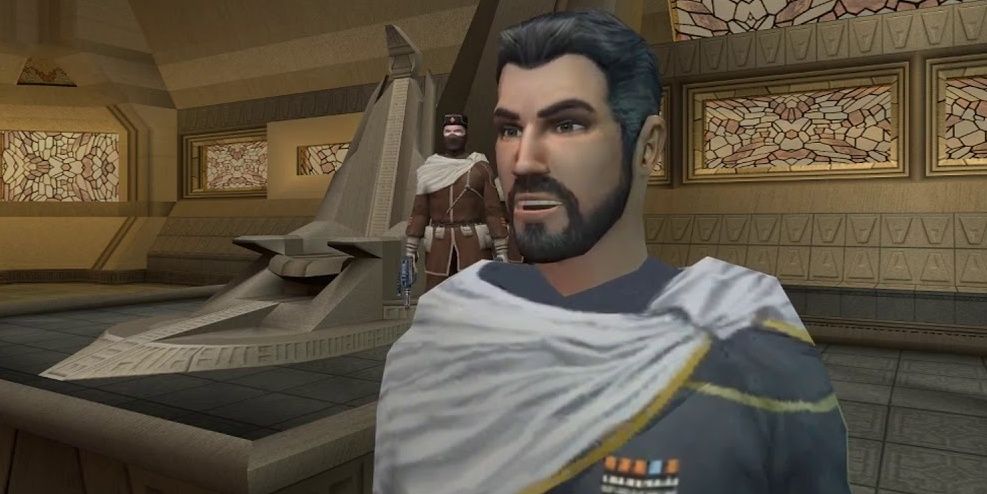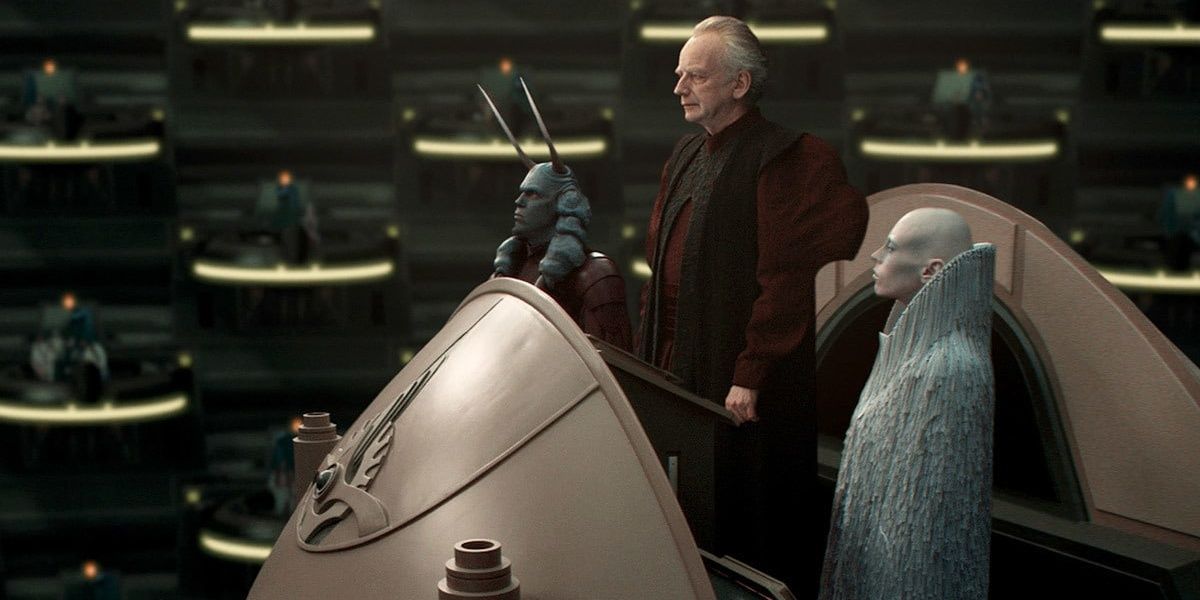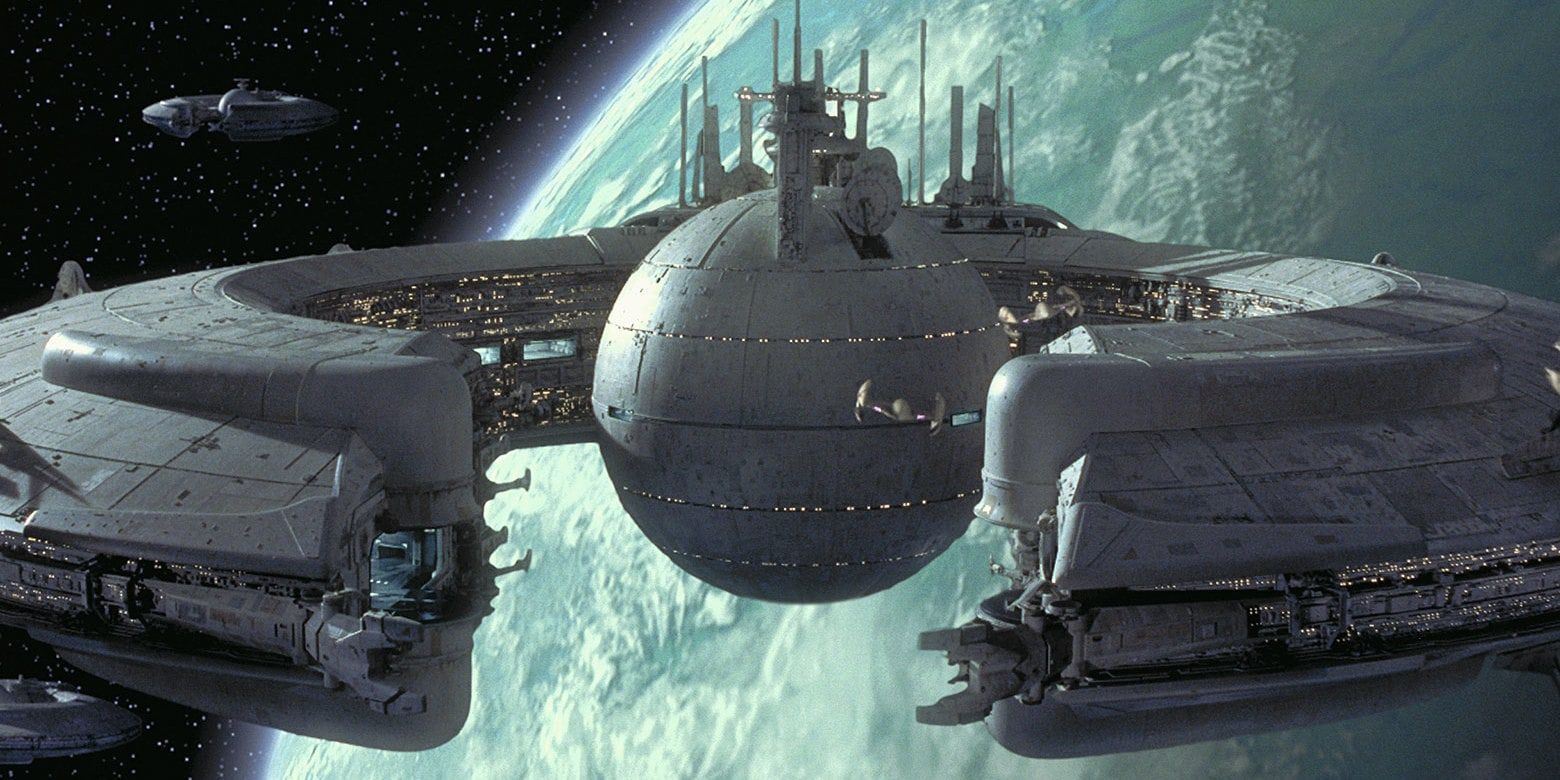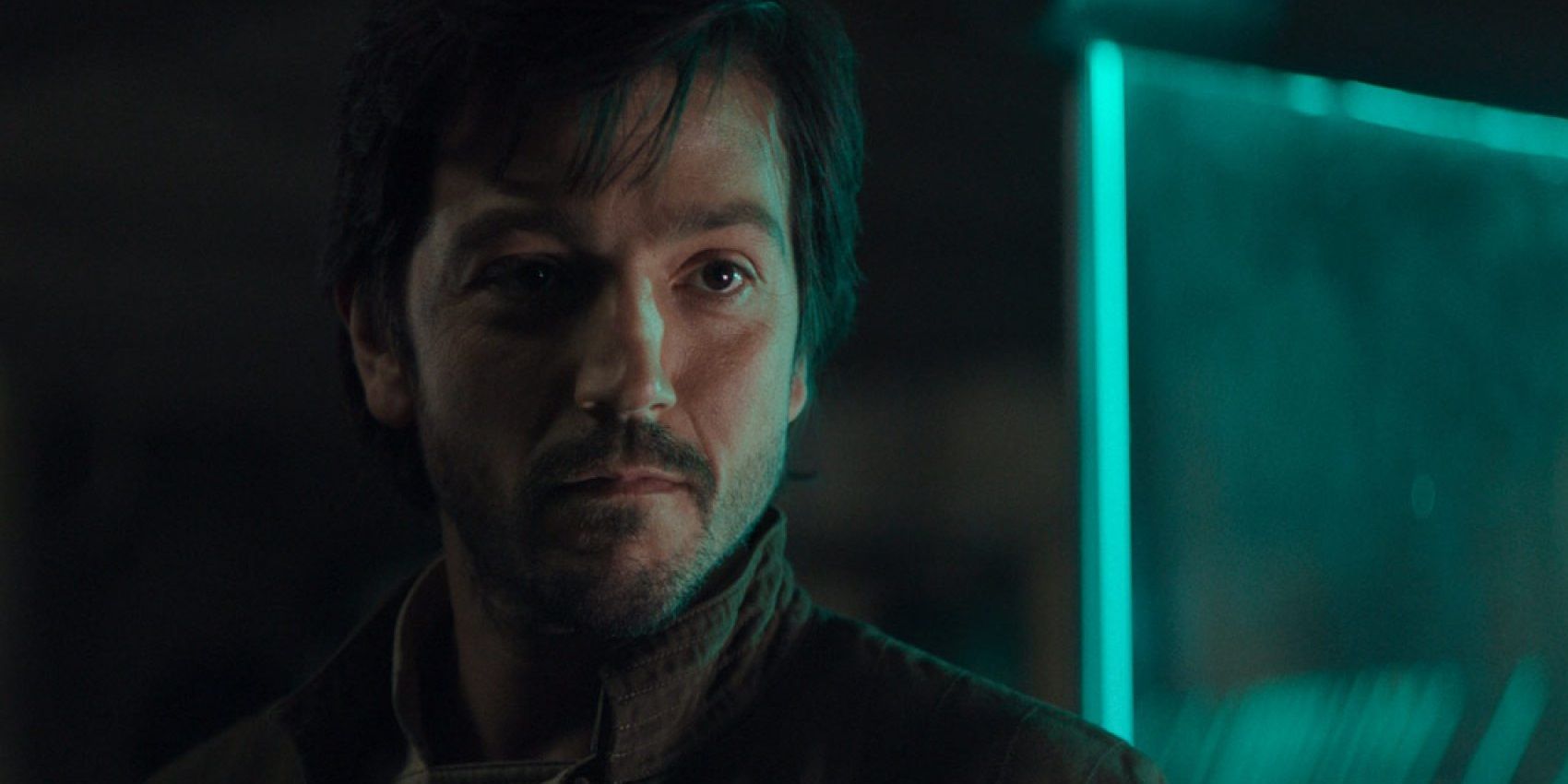The faction known as the Confederacy of Independent Systems (CIS) was first introduced in Attack of The Clones, before appearing again in Revenge of the Sith and being further developed in The Clone Wars. The CIS consisted of worlds that, for various reasons, believed they needed to secede from the republic, which was not so keen on releasing them. As Star Wars fans already know, Palpatine saw an opportunity to exploit this growing conflict of interest for his own ends - carefully manipulating both sides to escalate the dispute into what would eventually become known as the Clone Wars. On one side was the republic, on the other the CIS, and Palpatine made sure that both sides wanted blood from the other.
In the films, the CIS is cast as an apparently antagonistic faction. Its members are often in conflict with the heroes of the Star Wars universe, and the actions of their apparent leaders do little to help their case. This is even reflected in the group's name. Referring to them as the Confederacy of Independent Systems calls to mind the Confederate States of America, which famously tried to secede from the democratic United States in the build-up to the American Civil War. However, despite what appearances might otherwise suggest, the CIS is a lot more complex than one might initially expect.
6 They Are Not All Evil
The CIS has typically had a history of being seen as the bad guys. They are treated as an obviously antagonistic faction in Attack of the Clones and Revenge of the Sith, and often filled a similar role in The Clone Wars. However, while it is easy to see them as evil, they were not all as bad as they were made out to be.
The Confederacy of Independent Systems was originally made up of worlds that had become disillusioned with the Galactic Republic. Many believed the republic had failed or exploited them, and a growing problem with political corruption wasn't helping. Senators like Mina Bonteri really saw separating from the republic as a necessary step to improving their worlds. Many of them were even willing to choose diplomacy over violence.
The idea of the separatists being evil was caused by corporate greed exploited by Palpatine, who wanted to escalate the conflict for his own gain. He managed to get the CIS hijacked by the most unscrupulous, greedy, selfish scumbags he could find. This became the separatist council that viewers are more used to seeing. The council was made up of some truly terrible people, most of them corrupt business owners only interested in using the conflict to line their own pockets.
Palpatine had two reasons for doing this. First, it helped to shut down any efforts at diplomacy. Of course, it was also great for propaganda as well. Pointing to people like Nute Gunray helped to delegitimize the separatists' goals in the Republic's eyes and therefore painted them as enemies that needed to be defeated.
5 Palpatine Was Not the Only One Playing Both Sides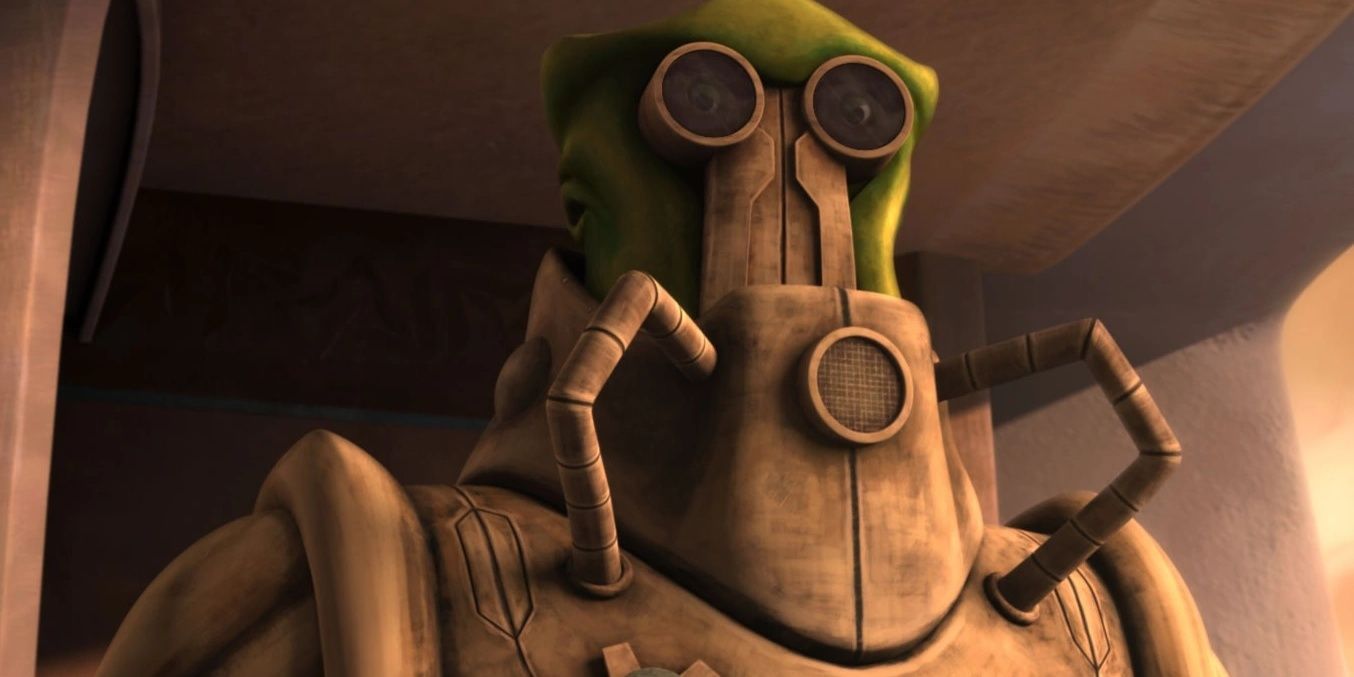
It is hardly a secret that the Clone Wars were ultimately a plot conducted by the Sith. Palpatine was controlling both sides and his own apprentice Dooku was the official leader of the Separatists. However, the clone wars also attracted attention from major corporations, several of which made up the "separatist council."
The funny thing is that many of these alleged "separatists," such as the galactic banking clan and the Techno Union, were also making deals with the republic. For most of them, it was a simple matter of making as much money as possible from both sides, which worked best if the war kept going. A bit like the Cult of Kosmos.
Unfortunately, while they may have made a fortune during the war, the council's decisions came back to bite them in the end. For all their strategic exploitation, the council could not have realized they were puppets of the Sith, and all the wartime profiteering was playing right into their hands.
Palpatine's whole plan involved getting corrupt business owners more interested in profiting from the war than winning it. Sadly, once they'd served their intended purpose, they became disposable to the Sith and did not count on Palpatine ordering their assassination.
4 Separatists Pre-Date the Clone Wars
For as long as the Republic has existed, it has had its fair share of detractors for various reasons. Palpatine did not so much create a war as escalate a conflict that already existed. Separatist movements have occurred throughout the history of the Republic. Various parties have wanted to secede for different reasons, not always good ones.
The Argazdans, for instance, were deeply religious and viewed the Republic's values as heresy. One of the Republic's first major conflicts was the Tionese war, which was caused by growing resentment after the Tion people's homeworld was basically conquered. Similarly, the planet Onderon experienced a Civil War when the separatist-oriented general Vaklu began radicalizing the population against the republic-backed Queen Talia.
Some of these conflicts brought out the worst in the republic, often driving them toward more authoritarian leanings not unlike what happened in the Clone Wars. This was not even the first time a Sith lord tried to exploit such a conflict either.
The Tionese were often happy to work with Sith due to their hatred of the republic. Darth Nihilus secretly backed General Vaklu's forces in the Onderon Civil War. And, of course, it was Count Dooku, aka Darth Tyrannus, who was the official face of the separatists during the Clone Wars.
3 The Republic Was Not Much Better
The Galactic Republic are often framed as the good guys. They are commonly contrasted with another much more menacing force, like the Sith. The republic being turned into the Galactic Empire is clearly meant to be a bad thing, and the ultimate goal of the rebel alliance is to restore the republic, but that does not mean it was perfect, nor that it always had the moral high ground.
Granted, Republic rule seems far more preferable when compared with being ruled by the Sith. Or, for that matter, living under any of the exceptionally cruel regimes that ran the galaxy in the past, such as the Rakatan and Hutt empires. However, the Republic is still guilty of morally questionable activities, from colonizing and annexing entire planets to outright genocide.
2 The CIS Had Naval Superiority
Going purely on the Star Wars movies, it might seem logical to assume that the Republic had the technological edge against the CIS. In reality, though, there were actually quite a few areas in which they were lacking. The CIS had a massive fleet that was growing faster than the Republic was capable of, and many of them were quite powerful in their own right.
The best-known is probably the Lukrehulk LH2210 freighter- the same model as the one destroyed by Anakin in The Phantom Menace. These ships could hold so many battle droids and starfighters that a small fleet was enough to occupy a planet. The CIS now had access to thousands of them, possibly even more.
However, firepower alone was not the only advantage that the CIS had going for it. The majority of its ships were fully automated, with minimal crews consisting mostly of droids. While the Republic's vessels had the basic needs of a living thing, the CIS could focus more on efficiency and functionality. This allowed it to produce ships at an alarming rate, and not having to assign crew members meant that these freshly produced ships could be deployed a lot faster.
1 They Ended Up Being the Good Guys
While they may seem evil in Attack of the Clones, the CIS was ultimately a well-intentioned movement that got hijacked and radicalized by the Sith. When the Clone Wars ended and the Empire was formed, they quickly began dismantling the organization.
Palpatine arranged for his apprentice Darth Vader to murder the entire Separatist Council. The remnants that weren't destroyed, he absorbed into his new regime. However, despite these efforts, many Separatist cells managed to avoid detection. Palpatine's efforts had wiped out most of the worst scum the CIS had to offer, and a lot of what was left were the ones who actually wanted to do good. Plus, none of them were fond of the Empire.
The presence of a common enemy put the remaining Separatist Holdouts on good terms with the Alliance. Cassion Andor, for instance, had actually grown up fighting the Republic as part of a CIS unit. Most of these were low-level soldiers, politicians, and civilians who could not have known the full extent of what was happening and had not committed any war crimes. Some of those holdouts even provided resources leftover from the war. Because of limited resources, the Rebellion got a lot of their ships by repurposing former separatist vehicles.

